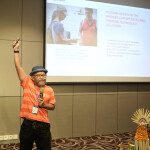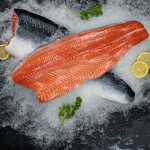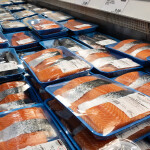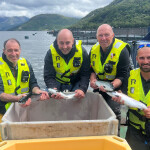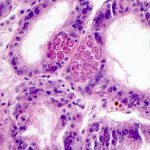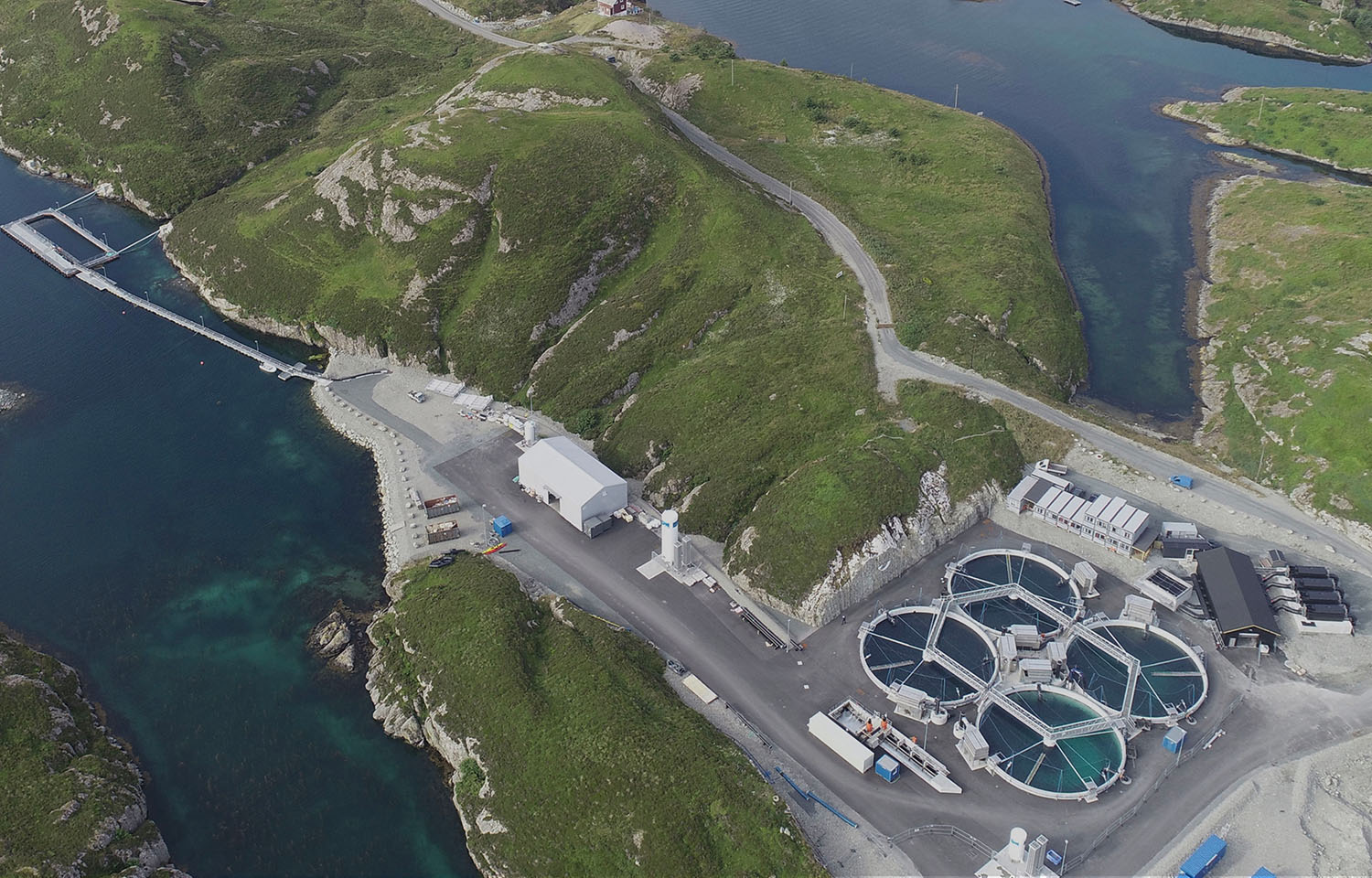Bulandet, Norway-based Bue Salmon has had a successful first harvest from its land-based flow-through salmon aquaculture facility, which it said delivered “sensational quality.”
The company produces salmon at a pilot facility which is capable of producing 1,400 metric tons (MT) of post-smolt and farmed fish. The company said it runs its facility based on the natural conditions in Bulandet, which includes allowing the temperature to cycle throughout the year – compared to other land-based facilities that either heat or chill water.
That model, Bue Salmon CEO Knut Eikeland said, has been paying off.
“We have received the indications that the Bue model works and that we are on the right track. Now, it's about optimizing this further because there is still room for improvement," Eikeland said in a release.
The company reported in its recent results that it sold 514 MT of salmon in May and June at an average price of NOK 99.20 (USD 9.26, EUR 8.55) per kilogram, resulting in total revenues of NOK 51 million (USD 4.8 million, EUR 4.4 million). The salmon also achieved a superior rate of 95 percent and a mortality rate of just 2.1 percent.
Part of the company’s strategy involves using a flow-through system that draws in nearby seawater from the depths of the North Sea the the company leaves as-is.
"We are very aware that this is a new way of production. The most important thing now is, therefore, that everyone in Bue is keenly interested in how we can give the fish as good of conditions as possible," Bue Salmon Production Manager Steinar Haveland Midtbø said.
The positive results, Eikeland said, challenge the notion that water has to be kept at a certain temperature in order to successfully run a land-based salmon farm.
"Based on the growth figures, we need to take a new look at whether it is actually necessary to heat all the water to maintain stable temperatures all year round in further developments, which is both very energy-intensive and has a major impact on operating costs,” he said.
The salmon farm’s tanks, which are open to the elements, could also be a factor.
“We should also think about the value of building a roof over the entire facility. Natural light may play a greater role in the natural well-being and growth of fish than we realize. The experience in the pilot plant so far has given us something to think about toward the next construction stage," Eikeland said.
Bue Salmon will use information gathered via its pilot project in an ambitious scaled-up facility, the company said. Its eventual goal is annual production of 50,000 MT to 60,000 MT, the company said.
The latest results and the first harvest have Eikeland optimistic about scaling up.
“We have every reason to be optimistic about the company’s future development,” he said.

